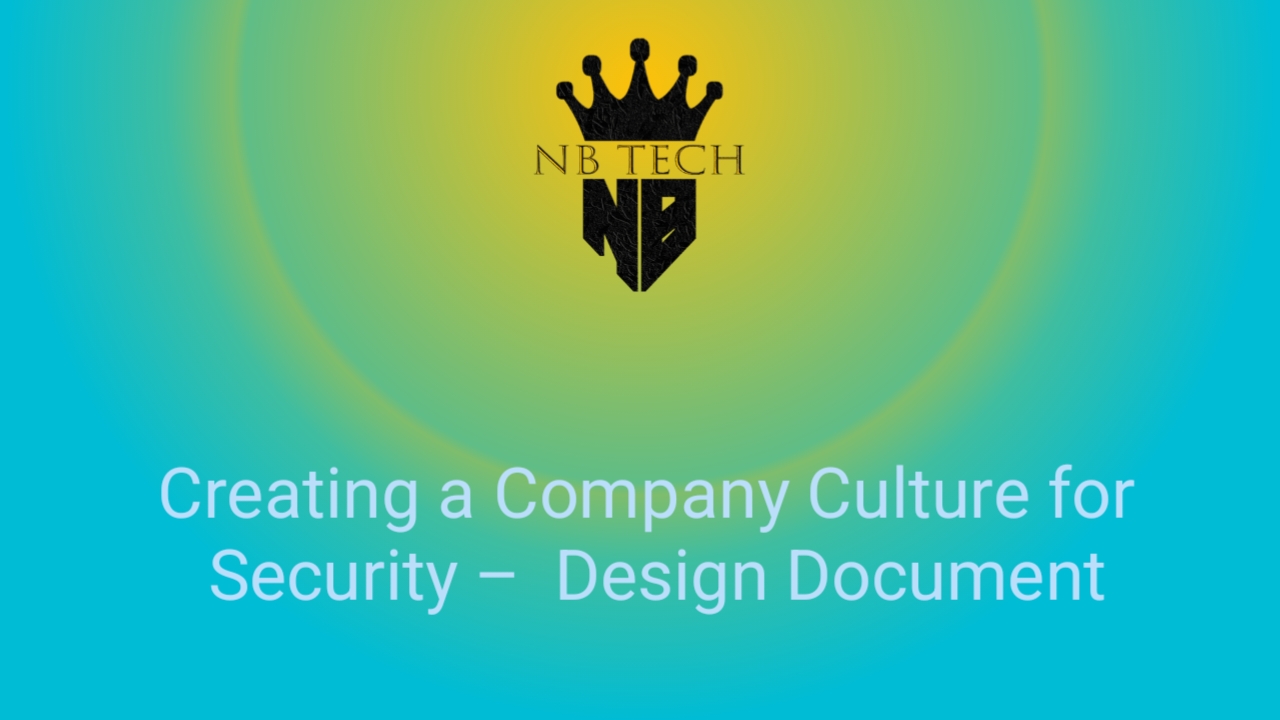“This answer is for google it support professional certificate IT Security: Defence against the digital dark arts, model 6 Creating a Company Culture for Security – Design Document question answer. This answer is only for your better understanding and helping you to give good answer.“
Read also, How to add sticky Social Media bar in WordPress Websites / What is meta tags and how to add on WordPress Websites / Automatic Table of Contents in WordPress Website without plugin.
Authentication System
An authentication system is like a digital bouncer for your server’s data, ensuring only authorized users get in. Here’s how it works in simple terms: Entering Credentials: Users provide their username and password, like keys to a digital lock. Sending Credentials: These keys are sent to a special authentication server, like a gatekeeper. Checking Credentials: The server checks if the keys match any in its database. Granting Access: If the keys match, the server opens the gate and lets the user in to access the data. Here are a few common authentication systems: Username and Password: Two-Factor Authentication (2FA):Biometric Authentication: Certificate-based Authentication: Single Sign-On (SSO):
External website security
Ensuring the security of our external website is crucial to ward off hackers and prevent breaches. Here’s how we can do it: Set up a Firewall: Install SSL Certificates: Keep Everything Updated Backup Your Site: Use and Update Security Plugins:
Internal Website Security
Internal website security is all about keeping important stuff safe within a company’s network. Always Use Secure HTTPS Use Multi-Factor Authentication (MFA)Keep Data Safe with Encryption Keep an Eye on Incoming Traffic Use Trusted Server Certificates.
Remote access solutions
Allowing remote access offers benefits like improved security, saving money, easier control, and increased availability. It can be set up using tools like a Remote Access Service (RAS) gateway, Virtual Private Network (VPN), Border Gateway Protocol (BGP), or Hyper-V network. Providing remote access is straightforward with simple configurations. It involves tasks such as enabling user access, managing permissions, safeguarding assets, using remote desktop protocols, handling server sessions, and managing applications and desktops.
Firewall and basic rules recommendations
Firewalls are essential for controlling the flow of data and keeping external websites secure. They set rules to stop attacks like SQL injection and XSS, which can mess with website data. They only let in certain kinds of traffic, following rules set up for IP security. It’s also important to have IT policies in place and customize rules to fit specific needs.
Wireless Security
Nowadays, Wireless network (Wi-Fi) is used everywhere in organizations to keep networks safe from unauthorized access. To secure wireless connections, we use methods like encryption, decryption, and making sure only authorized users can get in.
VlAN configuration recommendations
To enhance security, it’s smart to keep management and user data traffic separate. By default, the management VLAN is VLAN 1, but it’s safer to put it in its own separate VLAN. Also, it’s a good idea to change the native VLAN to something other than VLAN 1, making sure it’s different from all the user VLAN’s too.
Laptop Security Configuration
To keep your laptop safe, make sure to set up a strong password and use a VPN when connecting to networks. Also, registering your laptop by its MAC address adds an extra layer of security. Installing security software on your laptop is a smart move too. And enable device-level authentication, which means having a unique user name and password for your laptop itself.
Application Policy Recommendation
Application policy covers various aspects like how cookies are used, integrating social media features, controlling access to the application, sending notifications, and implementing other organization and IT guidelines.
Security and privacy policy recommendations
The security and privacy policy outlines the security measures needed for filtering internet traffic, preventing IP spoofing, authenticating users, and other specific rules to protect the website.
Intrusion detection or prevention for systems containing customer data
Intrusion detection or prevention systems (IPS) work alongside the firewall. They check incoming traffic against security rules, looking for any suspicious patterns or signatures that could indicate an intrusion. If any threats are detected, the IPS takes action to stop them and generates logs and alerts for review. The goal of an intrusion detection system (IDS) is to spot malicious activity early on, alerting the network monitoring team so they can respond promptly. Anomaly-based detection and prevention systems are particularly effective in identifying unusual behaviour that might signal an attack.
Note: “The information I’m sharing comes from a learning resource related to IT security and fostering a security-conscious company culture. It’s intended to provide context for my response and does not represent the actual answer itself.“
